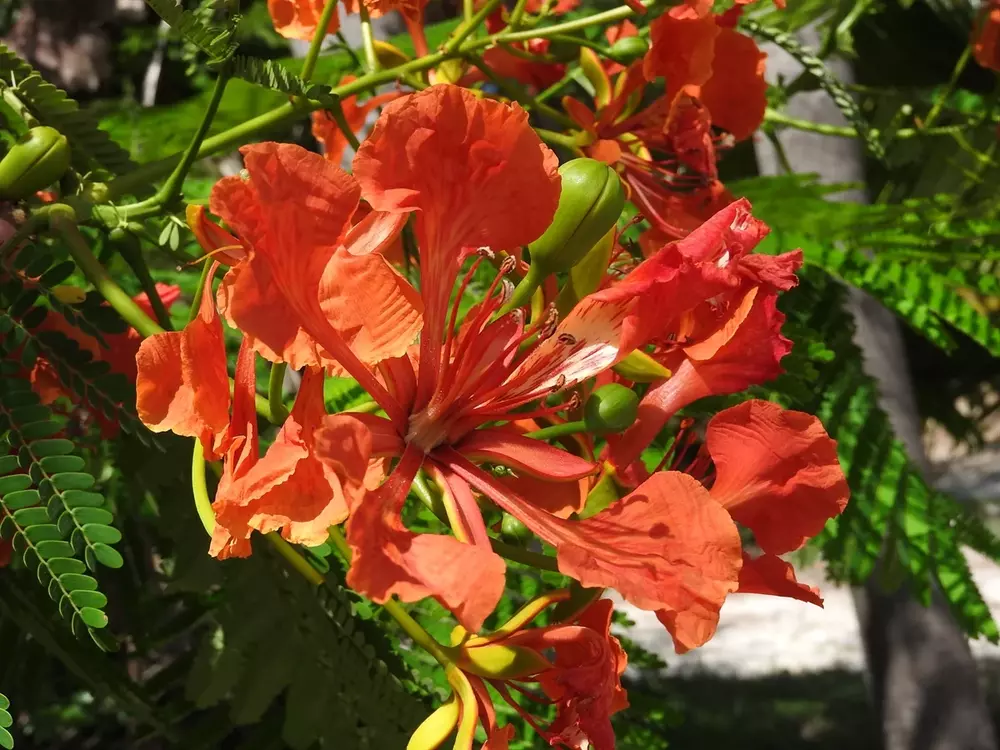Gold Mohar (Delonix Regia)
Category: TREE SEEDS COLLECTION
Tags: #agricultureseedstore, #beej, #BiodiversityOfIndia, #buyseeds, #buyvegetableseeds, #chemicalfreeseeds, #ClimateChange, #ClimateResilientSeeds, #ClimateSmartFarming, #desibeej, #desiseed, #Desiseeds, #FarmStore, #heirloomseed, #heirloomseeds, #homegarden, #homegardeningseeds, #hoogafarms, #hoogaseedkeepers, #MaadiThottamseeds, #naatuvidhai, #nativefoods, #nativevegetableseeds, #naturalfarming, #NaturalFoods, #naturalseeds, #NonGMOseeds, #openpollinatedseeds, #opseeds, #organicfarming, #organicseeds, #RooftopGardening, #RooftopGardenseeds, #SaveNativeSeeds, #SaveOurSeeds, #SaveSeeds, #SayNoToGMO, #seedconservation, #seeddiversity, #seedfarm, #seedkeeperscollective, #seedKeepersNetwork, #seedsavers, #seedsaving, #seedshop, #SeedsOfIndia, #seedstore, #tamilseedsavers, #Terracegardenseeds, #traditionalseed, #traditionalseeds, #traditionalvegetableseeds, #vegetablediversity, #Vegetableseed, #vegetableseeds, #Vidhaigaleperayudham, Agriculture, dubai small ridge giurd seeds, Dubai Small Round Ridge Gourd-Seeds, hooga forms, hooga seeds, hoogaseeds, native seeds, Ridge Gourd-Seeds, seeds, shop, shopping, Vidhai
Delonix regia, commonly known as the Flamboyant Tree, Royal Poinciana, or Flame Tree, is one of the most strikingly beautiful trees in the world, known for its vibrant red or orange flowers. It belongs to the family Fabaceae and is native to the tropical dry forests of Madagascar. However, it is now widely cultivated in tropical and subtropical regions around the world.
Description:
- Appearance: Delonix regia is a large, deciduous tree that can grow up to 12–15 meters (40–50 feet) tall. It has a broad, spreading crown, often wider than its height, which provides excellent shade.
- Leaves: The leaves are bipinnate (twice compound), meaning they have a feathery appearance with numerous small leaflets. The leaves are bright green, giving the tree a lush look even when it is not in bloom.
- Flowers: The most distinctive feature of the Flamboyant Tree is its large, showy flowers. The flowers are typically red, orange, or a combination of both, with five petals, one of which is often slightly larger and differently colored. These flowers bloom in clusters, covering the entire tree and creating a brilliant display, usually in late spring to early summer.
- Fruits: The fruit is a long, flat, woody pod, up to 60 centimeters (24 inches) long. These pods contain multiple seeds and remain on the tree after the flowers have fallen, often rattling in the wind.
Habitat and Distribution:
- Habitat: Delonix regia prefers well-drained soils and thrives in tropical and subtropical climates. It is commonly found in urban landscapes, parks, and gardens due to its ornamental value.
- Distribution: Originally native to Madagascar, the Flamboyant Tree has been widely introduced and cultivated in tropical regions around the world, including the Caribbean, Africa, Southeast Asia, and Central and South America.
Uses:
- Ornamental: The primary use of Delonix regia is as an ornamental tree. Its vibrant flowers and wide canopy make it a popular choice for planting in gardens, parks, and along streets.
- Shade: Due to its broad, spreading crown, the tree is also planted for shade, especially in hot climates.
- Cultural Significance: In many regions, the tree is associated with the summer season, as its blooming period often coincides with the onset of hot weather. It is also used in some traditional celebrations and festivals.
Ecological Importance:
- Pollinators: The bright flowers of Delonix regia attract a variety of pollinators, including birds, bees, and butterflies, which contribute to the local ecosystem.
- Soil Improvement: As a leguminous plant, Delonix regia can fix nitrogen in the soil, improving soil fertility and benefiting surrounding plants.
Cultural Significance:
- Symbolism: In some cultures, the Flamboyant Tree is a symbol of pride, beauty, and resilience due to its striking appearance and ability to thrive in harsh conditions.
- Art and Literature: The tree has been celebrated in art, literature, and music, often symbolizing the vibrancy and warmth of tropical regions.
| Weight | 15 g |
|---|
Be the first to review “Gold Mohar (Delonix Regia)” Cancel reply
Related products
Dolichos Chicken Beans Violet Local Seeds
₹80.00Original price was: ₹80.00.₹50.00Current price is: ₹50.00. -38%BULK SEED
₹0.00Climbing French Green Bean Seeds
₹99.00Original price was: ₹99.00.₹50.00Current price is: ₹50.00. -49%Terrace Garden Combo Pack
₹1,500.00Original price was: ₹1,500.00.₹1,250.00Current price is: ₹1,250.00. -17%







Reviews
There are no reviews yet.